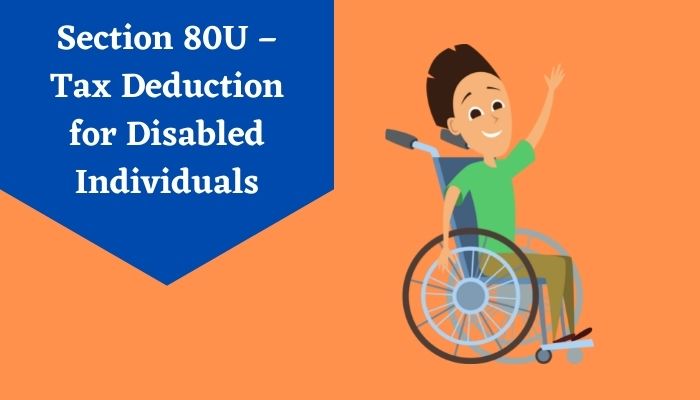What is GST – Goods and Services Tax?
GST, that is goods and services tax, made big news when it was implemented in 2017. Businesses were very worried that the tax would dramatically increase the prices of goods and services, driving customers away. Nearly five years down the line, people still tend to grumble about it – because as a single tax chunk, it can often go up to 18%, or even 28%. However, before the introduction of GST in India, there was a bevy of smaller taxes that added up to over 26% and were more difficult to understand.
How GST works
You need to make GST payments at the point of consumption, meaning that you pay for it when you buy something. GST is paid at every step on the production process.
If you are the end consumer, you pay GST and kiss your money goodbye forever. However, in the supply chain and production lineup, all companies paying GST are supposed to have their money refunded eventually. This happens via input tax credit. Input tax credit works like this: When a business purchases goods/services they pay taxes on the purchase. On selling, they collect a similar tax. However, the GST portal has a provision for companies to adjust the taxes paid at the time of purchase with the amount of tax paid on sales and their liability to to be paid to the government. They end up paying less tax to the government since they have already paid. This mechanism is called utilization of input tax credit.
For GST to be computed, the whole universe of goods and services have been divided into 5 slabs wherein the GST rate payable on a certain group of items is either 0%, or 5% or 12%, 18% or 28%. Some goods are services, but are not subject to GST and you pay taxes as designated by the state where such products are sold. These products are alcoholic drinks, electricity and petroleum products.
Types of taxes under GST
IGST – Payable in instances of interstate supply of goods and services. This tax is paid to the Central government.
CGST – Payable in instances of supply of goods and services within the same state. This tax is paid to the Central government.
SGST – Payable in instances of supply of goods and services within the same state. This tax is paid to the State government.
GST filing mechanism – must-know facts
- If you have recently launched a business, you need to obtain a GSTIN to make GST payments
- Once you have obtained your GSTIN, you are ready to make regular GST payments. You can make your payments here https://payment.gst.gov.in/payment/
- Current GST return filing norms dictate that GSTR-1 is to be filed by companies to report sales and input tax credit, they must must file GSTR-3B to report income tax and make the required GST Payment as per the relevant slab.
- If the company has refunds go claim, they can do so simultaneously by filling and submitting refund related forms.
- The GST payment deadline is the 20th of the following month, that is if you buy goods or services in January, you must pay the tax by the 20th of February.
- TDS and TCS are still payable even if you are paying GST.
- Late payment of GST attracts 18% interest on unpaid amount PLUS a penalty of Rs 10,000 or 10% of tax unpaid (whichever is higher).
- Accountants (or whoever is managing the company’s finances and GST payments) will maintain 3 electronic ledgers on the GST portal, as follows
- Cash ledger – all payments made as well as TDS/ TCS is reflected here.
- Credit ledger – Input tax credit self assessment is done here.
- Liability ledger – Total tax liability is system-computed and automatically displayed here. In other words, this ledger works as an inbuilt GST calculator.
Who exactly must pay GST?
Pretty much everyone pays GST. However if your turnover is less than Rs 1.5 crore, you can register yourself as a Composition Dealer and pay a less complicated version of GST. For some states, the cut-off turnover volume is Rs 75 lakh. The downside of being a composition dealer is that you cannot claim Input Tax Credit or undertake interstate supply of goods, and services cannot register as Composition Dealers at all.
Here’s how each category must pay tax:
- Regular dealers pay GST on goods and services supplied and claim Input Tax Credit (ITC) on the purchases made by them. The GST amount payable by regular dealers is the difference between the outward tax liability and the ITC.
- Composition dealers pay a fixed percentage of GST on the total outward supplies made. The tax volume/ slab is linked to the type of business run by the composition dealer.
Conclusion: Goods and service tax is a must-do monthly payment for all businesses and must be done on time to avoid wastage. One can use the GST portal for GST calculations and payment.





























